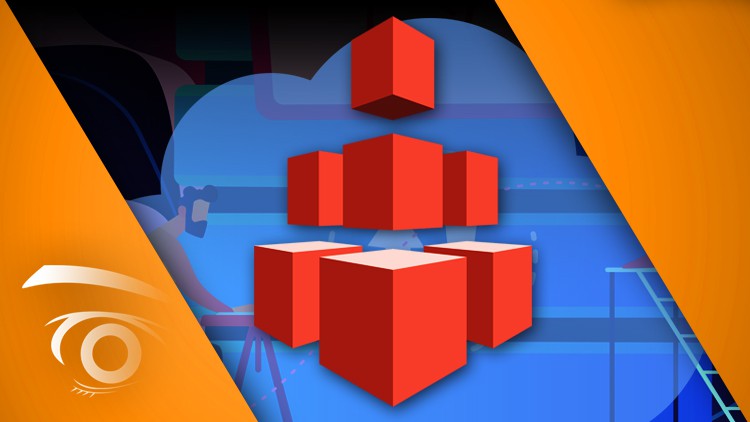
Block Storage | Object Storage | Elastic Block Store | Snapshots | AMIs | Image Builder | Elastic File System (EFS)
What you will learn
Register and Navigate an AWS Account
Distinguish between Global vs. Regional Services in AWS
Creating Billing Alerts and Enable Multi-Factor Authentication
Create IAM users for Basic Account Administration
Understand the Core Features of EC2
Explore various EC2 Instance Types
Create and Deploy EC2 Instances from Amazon Machine Images (AMIs)
Navigate the EC2 Instance Dashboard
Create and Attach Elastic IPs
Remotely Administer EC2 Instances using Terminal and PuTTY
Create and Configure EC2 Instance Launch Templates
Creating Security Groups and IAM Roles for EC2
Distinguishing between Block, File and Object Storage
Deployment and Administration of Elastic Block Store (EBS) volumes
Creating and Deploying EC2 Instances from EBS Snapshots
Configuring an EC2 Instance with Ubuntu
Creating Elastic File Stores (EFS)
Attaching multiple Instances to a Single EFS
Description
Welcome to our complete guide on Amazon EC2 Storage. In this course, you will learn how to effectively manage and optimize your storage on Amazon Web Services (AWS). This includes a comprehensive overview of the main forms of EC2 storage offered by AWS, including Elastic Block Store (EBS), Elastic File System (EFS), and Amazon Machine Images (AMI).
The course starts with the foundations of AWS, where we demonstrate how to register an AWS account. Students also learn the basics of AWS billing, global vs. regional services, and AWS multi-factor authentication (MFA).
Once students are familiar with navigating the AWS dashboard, we dive into working with the EC2 service. Here we explore the core features of EC2 instances, along with instance deployment, instance administration, and security. Students will learn how to create and deploy instances from Amazon Machine Images (AMIs) that are fully equipped with Elastic IP addresses, and remote access via terminal and PuTTY. We also cover a host of other integral concepts including IAM roles for EC2, Security Groups, and EC2 Instance Launch Templates.
After the EC2 section, we delve into AWS EC2 storage solutions. Here, we start with exploring the key differences between block, file, and object storage. From there, we take a deep dive into Amazon Elastic Block Store (EBS). EBS is a block storage service provided by AWS which allows for the creation of virtual disks, called EBS volumes that can be attached to Amazon Elastic Compute Cloud (EC2) instances. These EBS volumes can be used as raw block devices, in order to store data, such as system files, application data, and virtual machine images. We will cover how to create, attach, and manage EBS volumes, as well as how to use EBS Snapshots to create point-in-time backups of your data.
From there, we explore Amazon Machine Images (AMIs), which are templates that contain the software configuration and data required to launch an EC2 instance. We will cover how to create and customize AMIs, as well as how to use the EC2 Image Builder to automate the creation of AMIs.
In the last section, we introduce students to the Elastic File System (EFS), which is a file storage service provided by AWS. EFS allows you to create a file system that can be accessed by multiple EC2 instances to store and share files across multiple availability zones. We will cover how to create and manage EFS file systems, as well as how to mount EFS file systems on your EC2 instances.
By the end of this course, you will have a solid understanding of the various storage options available on AWS, and you will be able to confidently choose the right storage solution for your needs. You will also have the skills and knowledge to effectively manage and optimize your storage on AWS, ensuring that your data is safe, secure, and accessible.
If you’re excited about learning everything you need to know about AWS EC2 storage, hit the enroll button and let’s get started.
Content